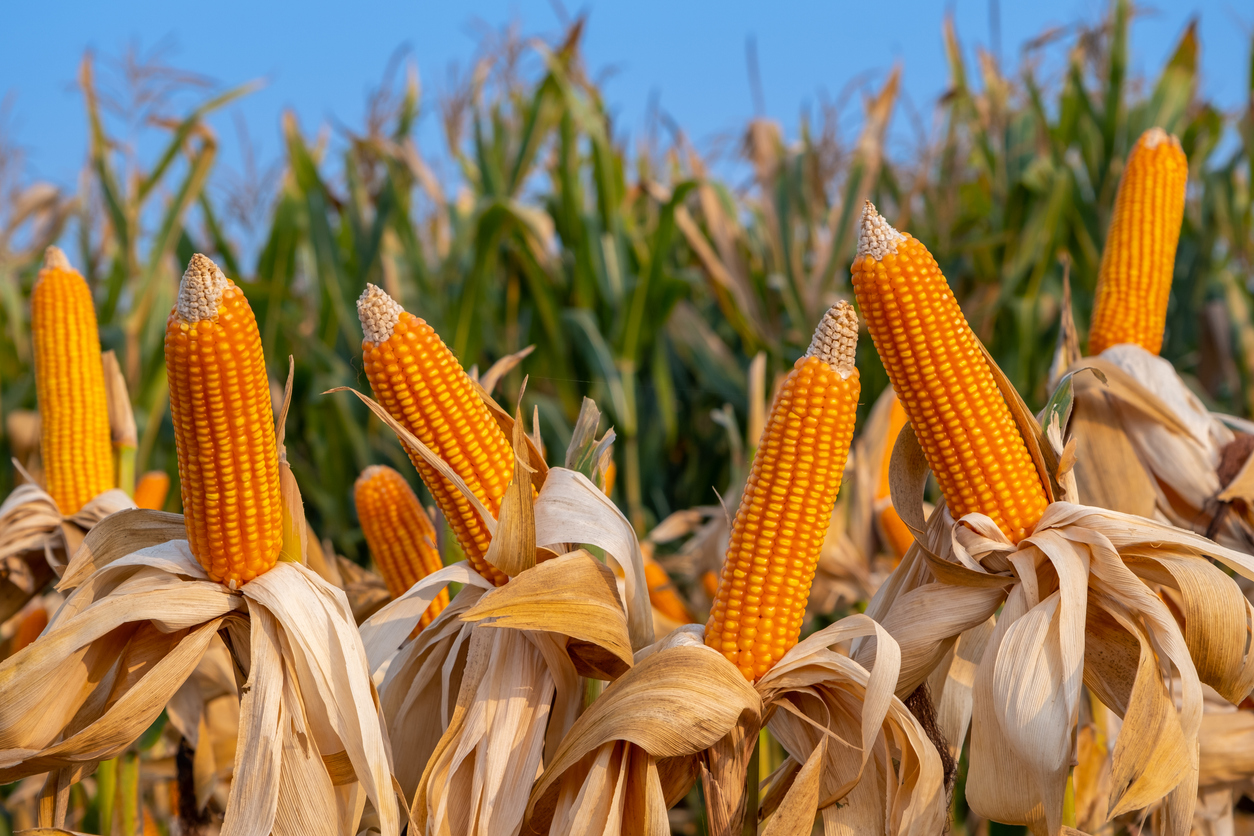The Enormous Impact of Biotechnology in Agriculture
| |
With the recent typhoons this year and the El Niño in 2024, the writing on the wall is very clear: Philippine agriculture must accelerate adoption of technologies to increase productivity and attain resiliency, and lift more farmers out of poverty.
Typhoons and droughts have a telling effect on agricultural lands. For one, floods can wipe out a farmer’s single cropping, and make it hard to plant anew if floods do not subside.
Droughts can also have the same effect of wiping out not only one, but two croppings.

Our farmers, who are the very backbone of our economy, also face other critical challenges, from persistent pests and diseases to increasing prices of farm inputs.
The undesirable result is our food producers get stuck, or are driven to poverty, affecting the nation’s food security.
And I do not see any reason why the country’s agriculture sector can accelerate “technologization,” including biotechnology, digitalization, and mechanization, as leapfrog developments have been made in those fields in the past few years.
For this column, let me discuss agricultural biotechnology, which offers a powerful set of tools to address the issues I mentioned. By leveraging scientific advancements, biotechnology crops are more resilient, more nutritious, and require fewer resources to cultivate. Hence, biotechnology holds the promise of higher yields for our farmers, enhanced nutritional value for consumers, especially our children, and a more sustainable approach to agriculture that protects our environment.
Globally, the momentum in the adoption of biotech crops is almost unstoppable. Last year, a record 209.8 million hectares were planted to biotech crop with soybean leading at 105.1 million hectares (Mha), followed by maize (68.4 Mha), cotton (24.8 Mha), and canola (10.4 Mha).
Among nations, the leaders in the adoption of biotech crops are the United States, Brazil, Argentina, Canada, and India, while China started planting genetically modified (GM) maize (corn) in 2024, signaling further expansion in Asia.
Also, the European Commission (EC) has authorized the use of a GM maize DP51291 for food and animal feed, with an approval issued on Sept. 22, 2025. The scientific assessment by the European Food Safety Authority (EFSA) confirmed that the GM maize DP51291 is as safe as its conventional counterpart. Corteva Agriscience Belgium B.V. filed for the application on Jan. 27, 2023.
We can attribute the increasing global adoption of biotech crops to their stacked traits such as insect resistance and herbicide tolerance, helping farmers achieve greater productivity and sustainability.
The Philippines also has its milestone in the adoption of biotech crops, and with good results. I am referring to Bt corn. Since obtaining regulatory approval in 2002 with actual planting starting in 2003, Bt corn’s hectarage increased from 10,769 hectares to a peak of over 835,000 hectares, cultivated by nearly 460,000 farming families, most of whom are smallholders.
Bt corn’s impact is undeniable, with 6 to 8 tons per hectare yield from the 2 to 3 tons per hectare of conventional corn, resulting in $873 million in additional production value from 2003 to 2018. This translates to an 11.5 percent increase in national productivity, and a measurable reduction in poverty risk for low-income farmers.
Just as important are Bt corn’s environmental and social benefits, as damage caused by the stalk borer went down to 44 percent, while lowering pesticide use, which helped improve the health of farmers.
The societal impact cannot be discounted, as farmers are ensured of more predictable harvest, translating to improved household incomes and food security and more prosperous rural communities. And like I have always said, technologization of agriculture can lift a big number of farming households out of poverty.
Let me cite some success stories of Bt corn adoption such as Rosalie Ellasus of Pangasinan, who expanded her farm tenfold and became a farmer-leader; Zosimo Gonzales, who harvested 15 tons from 1.7 hectares with almost zero pest infestation; and Emerson Agno in Quezon, who generated enough profits from Bt corn to finance the acquisition of machinery and his children’s education.
Also, multiple independent studies by academics and government agencies confirm these outcomes: higher yields, higher incomes, reduced insecticide costs, and better welfare for farm households.
There is a growing availability of biotech crops locally and globally. In the Philippines, Golden Rice jointly developed by the International Rice Research Institute (IRRI) and the Philippine Rice Research Institute (PhilRice) should be the next big thing in biotech in our country.
Then there’s Bt talong (eggplant), which has proven to be a huge success in Bangladesh where farmers have reduced the use of chemicals to combat the notorious eggplant fruit and shoot borer (EFSB).
However, Golden Rice ran into legal challenges, which could set the precedent in the adoption of other biotech crops in the future.
Regulatory support
And reflecting on the success of Bt corn and the legal challenges that Golden Rice is facing, I strongly recommend the regulatory issues on the adoption of biotechnology crops be resolved the soonest time possible.
I see this as urgent as legal issues in the adoption of biotechnology crops can have a telling effect on our national food security, and welfare of our farmers.
Also, as in the case of Golden Rice, addressing Vitamin A deficiency among rural children is an urgent health issue, with no less than the World Health Organization saying Vitamin A deficiency is prevalent in Southeast Asian countries.
A law enacted by Congress to establish the regulatory framework for the adoption of biotech crops, with inputs from scientists and stakeholders, will be a big step in addressing the legal issues toward GM, engineered, or edited crops. (I will devote another column on this matter).
If that is addressed, the adoption of biotechnology in the country can be accelerated, or as fast as mechanization, digitalization, and balanced fertilization, which are currently making their way into Philippine agriculture.
Just imagine the results if biotechnology and other agricultural technologies are adopted simultaneously by a growing number of farmers nationwide?
The results can be enormous. And I mean enormous.
This article was first published in the Manila Times Business Section on October 16, 2025. Dr. William D. Dar is a former Secretary of the Philippine Department of Agriculture and former Director General of the International Crops Research Institute for the Semi-Arid Tropics (ICRISAT). He is the Chair of the Board of Trustees of ISAAA Inc.
| Newer Post | Archive | Older Post |
Science Speaks is ISAAA Inc.'s official blog. Weekly blog articles, authored by ISAAA writers, partners, and invited contributors, aim to help share, disseminate, and promote scientific knowledge and its vital role in achieving global agricultural sustainability and development. Your support to Science Speaks will help us achieve this goal. You can help us by donating as little as $10.

